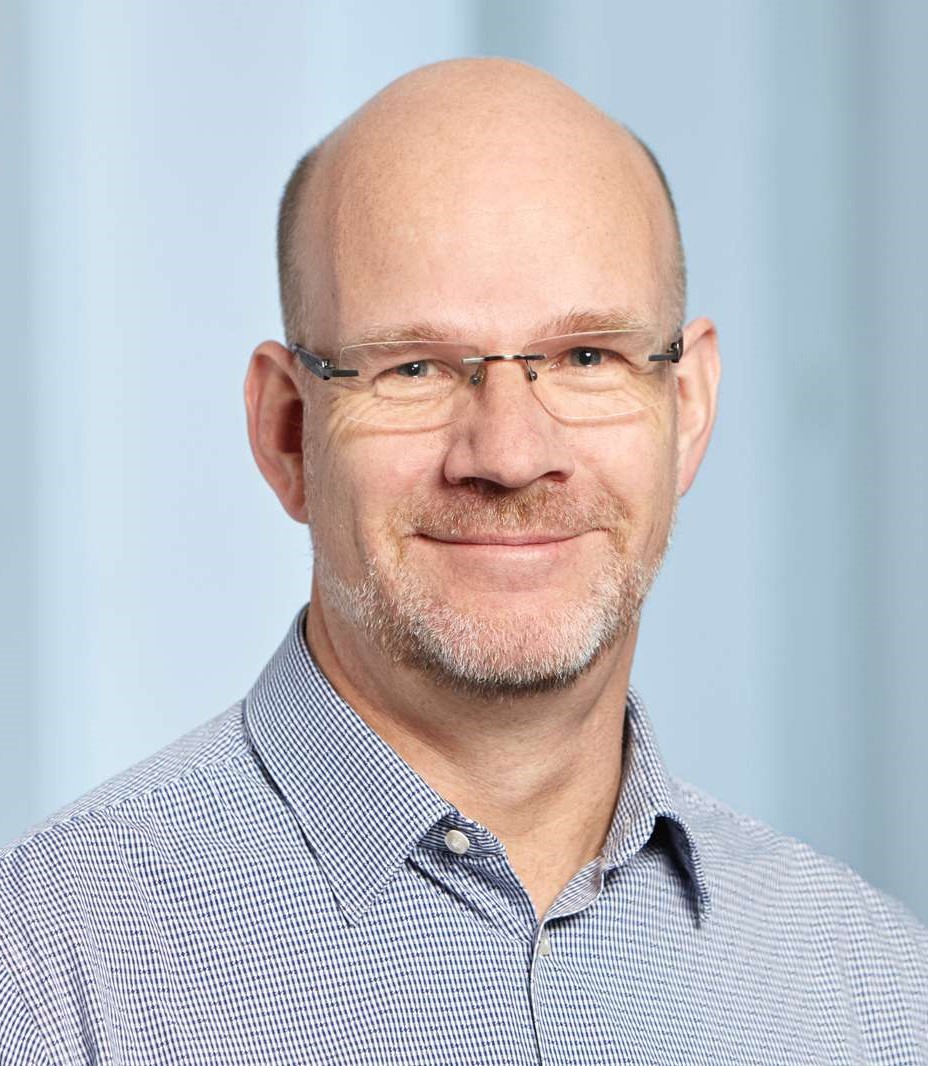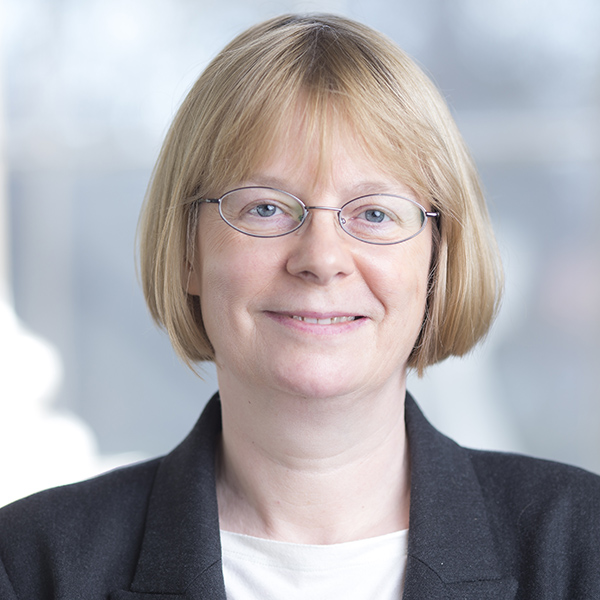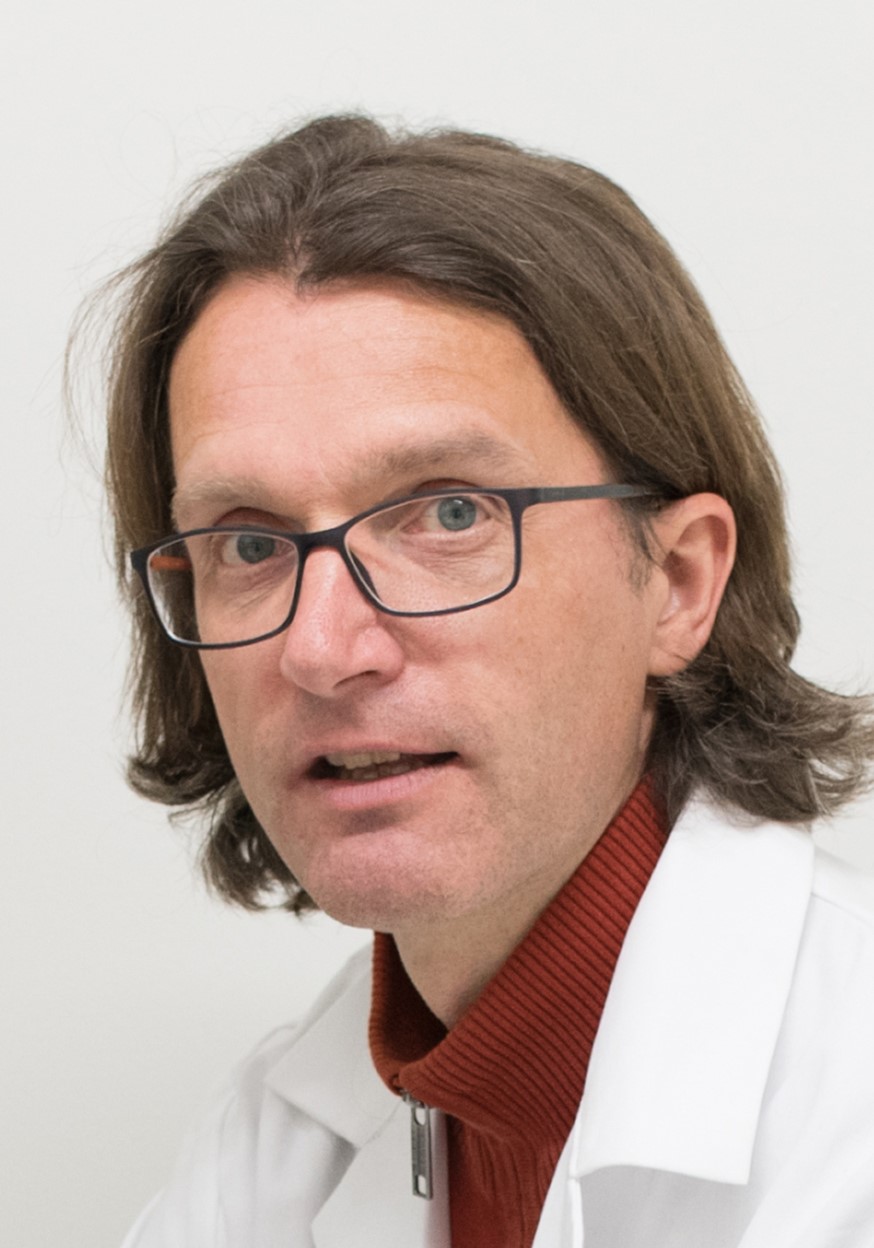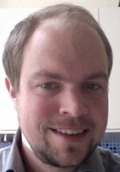All live lectures will be recorded and available for viewing the day after each session and after the conference so that you don’t miss a moment – no matter where you are.
|
|
|
 |
Thomas Driesner ETH Zürich |
|
Title: Numerical simulation aiding the development of superhot geothermal resources Abstract: There is mounting evidence that many conventional high-enthalpy geothermal resources that are exploited for power generation in volcanic areas are underlain by so-called superhot resources. Superhot resources are loosely defined as having a temperature higher than the critical temperature of water (374°C) and enthalpies ideally high enough to not intersect the two-phase region upon production, i.e., can be produced to generate dry, superheated steam. Two wells of the Iceland Deep Drilling project indeed tapped such resources: 450°C at 150 bar in well IDDP-1 at Krafla; and potentially up to >500°C in well IDDP-2 at Reykjanes. Although both cases encountered technical problems that prevented production from the wells, the potential of superhot resources is enormous with possibly up to 10 times more power per well. In order to better understand the geologic controls on and the nature of the resources, numerical simulations turned out to be the tool of choice. A key factor is the effect of the brittle to ductile transition temperature on rock permeability as it controls the maximum temperature of exploitable fluid. In the case of saline fluids, complex phase relations impose that economically attractive reservoirs are more likely to occur above deeper (5 vs. 2-3 km) magmatic intrusions. Furthermore, the salinity of the fluid may determine if and how a well can be started to become self-flowing. The presentation will illustrate key examples to highlight important factors as well as the requirements for meaningful numerical simulations. Bio: Thomas Driesner is an adjunct professor at the Department of Earth Sciences, ETH Zürich. Originally a classically trained geologist he got side-tracked into hydrothermal fluid thermodynamics and molecular simulation during his PhD and postdoc times at ETH, University of Tennessee and Oak Ridge National Laboratory. While still being interested in geologic field studies of ore deposits and geothermal systems when returning to ETH, his research focus in the last ca. 15 years has been on fluid thermodynamics as well as the simulation of natural fluid flow under extreme temperature-pressure conditions. The latter sparked several first-of-their-kind studies on mid-ocean ridge hydrothermal systems, ore-forming magmatic-hydrothermal systems, and supercritical geothermal resources. |
|
|
|
|
 |
Lynn Gladden University of Cambridge |
|
Title: 3D Magnetic Resonance Imaging Studies of Porous Media: From Operando Catalysis to Fluid Transport in Rock Cores Abstract: Magnetic resonance techniques are well-established in application to studying structure-transport relationships in porous media. This presentation will focus around studies of two porous media systems: heterogeneous catalysis and fluid transport in rock cores. A range of magnetic resonance techniques are employed. The basic principles of these methods will be explained. In particular, the contribution made by combining undersampling and compressed sensing image reconstruction techniques with standard magnetic resonance acquisitions will be summarized. Operando Catalysis: The main focus of our work is to understand catalytic behavior at real operating conditions in a representative process environment, and hence gain insight into catalyst design and optimal process operating conditions. Reactions of interest to date have been ethene oligomerization and Fischer-Tropsch synthesis. We can now measure molecular diffusion within the pores of catalysts while they are operating, and track gas and liquid phase composition as a function of time-on-stream. By spatially mapping diffusion measurements it becomes possible to see how molecular processes in the catalyst pores vary along the length of a tubular reactor. Fluid Transport in Rock Cores: Understanding how fluids flow through porous media has been a topic of long-standing research interest with regard to optimizing hydrocarbon recovery processes. More recently, research interest is moving to even more challenging problems such as carbon sequestration and hydrogen storage. We will show how three-dimensional (3D) images of fluid flow velocity within the porous structure of rocks can be measured at an isotropic spatial resolution of 35 microns. These maps can then be co-registered with magnetic resonance images of the pore structure or with higher resolution X-ray microtomography datasets to enable us to explore structure-flow correlations within the rocks. These data are of interest in their own right and, of course, provide invaluable data with which to validate and hence develop numerical simulation codes. Bio: Lynn Gladden is Shell Professor of Chemical Engineering at the University of Cambridge in the Department of Chemical Engineering & Biotechnology. Her group’s work focusses on advancing magnetic resonance imaging techniques, many of which were originally developed for use in the medical environment, and using them in engineering research to gain a greater understanding of the physical and chemical phenomena that determine the performance of chemical processes and their resulting products. Currently her particular focus is on applying magnetic resonance to transport in porous media and the operando imaging of heterogeneous catalytic processes. She is a Fellow of the Royal Society and Royal Academy of Engineering in the UK, and a member of the U.S. National Academy of Engineering. |
|
|
|
|
 |
Steven Jansen Ulm University |
|
Title: How do plants transport water under negative pressure? Abstract: A longstanding question in biology is how plants are able to transport water under negative pressure without continuously developing large gas bubbles in their transport system, which would reduce sap transport from roots to leaves. This process, which is known to be driven by transpiration at the leaf level, is highly puzzling because the water transported is saturated with gas and includes insoluble, amphiphilic lipids with a potent surface activity. Yet, plants seem to be able to perform this process seemingly effortlessly on a daily basis. In this talk, we will discuss the importance of mesoporous cell walls between neighbouring conduits, and their functional significance as safety valves. The 200 to 1,000 nm thick porous cell walls, which have an estimated porosity of 80%, and ca. 20 nm wide pore constrictions, are shown to produce surfactant coated nanobubbles by the local surface tension of lipids at gas-liquid interfaces. In an interdisciplinary approach, an overview of experimental evidence will be presented, together with porous cell wall models, and simulations of multiphase interactions between gas, surfactants, water, and solid substances. These efforts contribute not only to our understanding of the mechanisms of plant water transport, but will also enable us to develop evaporation-driven transport devices that do not rely on fossil fuels. Moreover, understanding hydraulic failure in plants has implications for global water conservation, and how plants will deal with increased levels of drought at many places worldwide. Bio: Steven Jansen is a professor of plant sciences at Ulm University, Germany. His research focuses on functional plant morphology, especially with respect to plant water relations. He received his PhD from the Catholic University of Leuven (Belgium), and worked as plant anatomist at the Royal Botanic Gardens, Kew (UK). He took up a Junior Professorship at Ulm University in 2009, where he became full professor in 2014. Over the last 10 years, he coordinated an international team working on functional traits related to plant water transport, with special attention to drought-induced hydraulic failure and large-scale tree mortality. His work combines field work, lab experiments, microscopy, and modelling. He was listed as Highly Cited Researcher in 2018 and 2019. |
|
|
|
|
 |
Thomas Ramstad Equinor ASA |
|
Title: A digital workflow for analysis of flow in porous media: Multiphase transport phenomena from pore to field scale in subsurface flow Abstract: Multiphase flow in porous media is strongly influenced by the pore-scale mechanisms and in-situ arrangement of fluids. How fluids are distributed and transported are dependent on the pore structures in addition to wettability, fluid-fluid interactions and external boundaries. It is essential to understand these pore scale effects to obtain good constitutive relations for characterization of subsurface flow on multiple length scales. To better predict fluid transport in subsurface reservoirs, the petroleum and subsurface industry rely heavily on analysis of reservoir rock core materials and fluids. By leveraging advances in pore scale imaging technology, we now frequently use high resolution X-ray computed tomography (CT) and micro-CT to get insight in fluid distribution and transport directly inside the pore space. Combined with core flooding experiments, such imaging capabilities may greatly enhance the value of experimental analysis and pore scale modelling. I will in this talk present development of a workflow that combines core flooding experiments with CT imaging and pore scale modelling. Small samples of rock material are scanned with in-house micro-CT / CT equipment to generate 3D images of pore space and fluid distribution with resolutions down to a few micrometers. Sophisticated image analysis tools are used to acquire and register multiple scans of a sample, so that we can directly compare changes to fluid arrangements. Ultimately, digital pore scale models are generated for simulations of two-phase flow. By collecting results from the different steps in such a digital workflow, we have gained new knowledge about pore scale transport mechanisms. That is again used to supplement results from traditional special core analysis (SCAL) such as capillary pressure, relative permeability curves and end-point saturations. Such parameters are essential input to large scale reservoir models used to improve drainage strategy, geologic carbon storage and enhance petroleum recovery. Advances in knowledge of flow in porous media rely on a close collaboration between industry, vendors and academia. We continuously strive to improve and develop our analysis and software toolbox. The rapid evolution of open source development has created additional platforms for direct research collaboration between academia and industry, and faster deployment of novel research results. One such platform that we are involved in, is the Open Porous Media (OPM) project, which contains several open source tools for modelling and upscaling flow in porous media. I will present some of them, and how these are used actively in our research. Bio: Dr. Thomas Ramstad is a principal researcher and project manager in reservoir technology at Equinor ASA. He has broad experience from various parts of sub surface technology and flow in porous media on different scales. |
|
|
|
|






